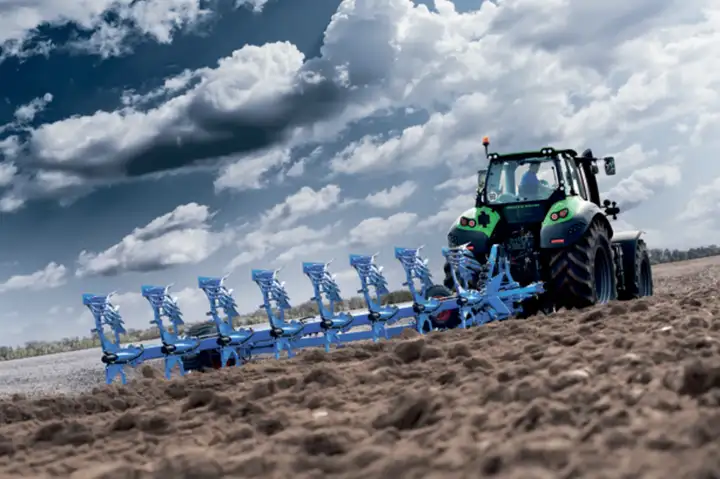One Big And One Small!? Why Are The Wheels Of A Tractor So Strange?
Jun 17, 2024
The wheels of tractors, one big and one small, are very eye-catching. Have you ever thought about why most tractor wheels are small in the front and large in the back?
Firstly, it should be noted that there are currently three basic specifications of tractors:
1. Two wheel drive tractor. These typically have small front tires and large rear tires.

2. Can switch four-wheel drive tractors. These usually have larger front tires and larger rear tires.
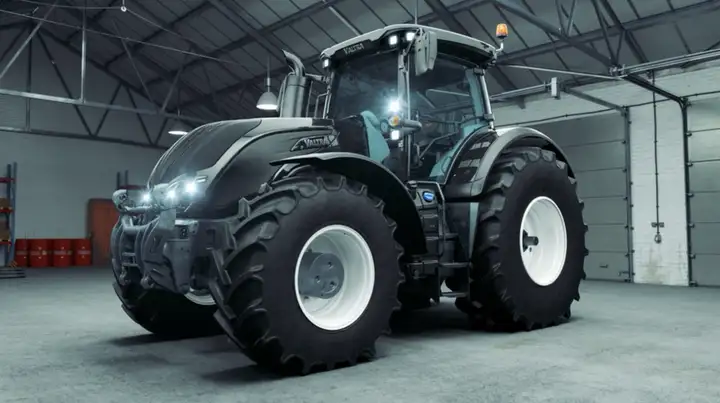
3. All four-wheel drive tractor. Usually, these tires have the same size of front and rear wheels.
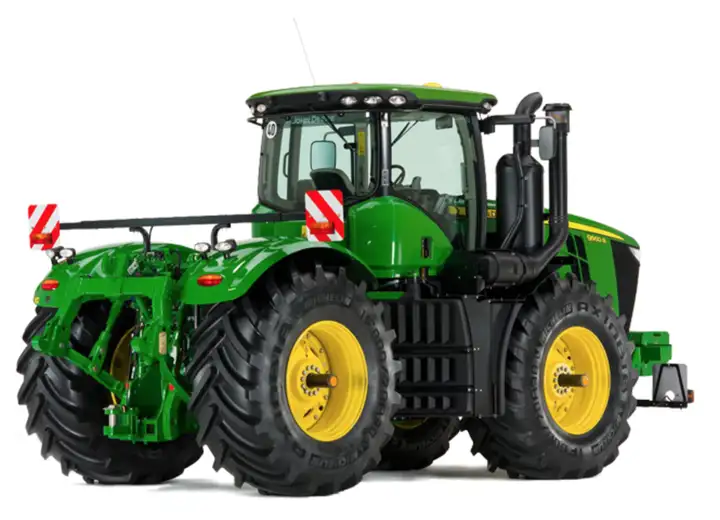
Let's start with the objective condition of the work environment. The working environment of tractors is various soils, and the working environment is complex. The soil is either loose or sticky, and often bumpy. The tractor itself weighs a lot, so the tires need to be wider and larger in order to increase the contact area between the tires and the ground, reduce pressure, and prevent the tractor from sinking deep into the soil and unable to pull itself out. Generally, tires have deep patterns to increase friction and minimize slippage during tractor operation. Moreover, if the tractor tires are large, the distance between the tractor floor and the ground will be higher, making it more convenient to adapt to bumpy soil and providing sufficient space for crops on the ground.
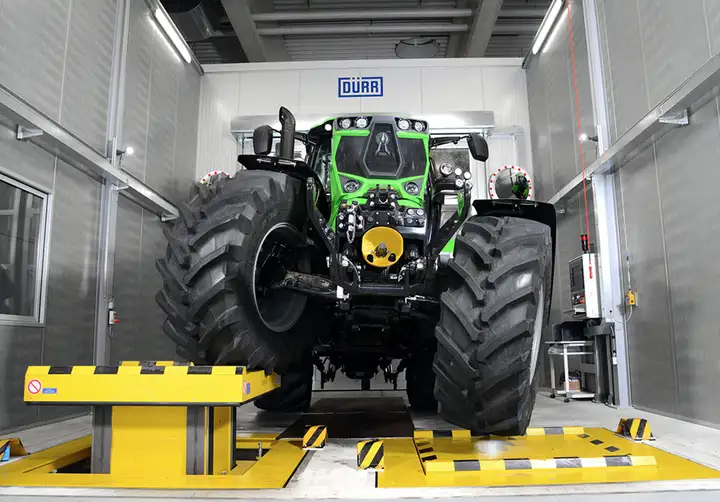
The vast majority of tractors have smaller front wheels and larger rear wheels. Generally speaking, the front wheels of a tractor are guide wheels, while the rear wheels are drive wheels. This means that the front wheels of a tractor are used to guide direction, and power is directly transmitted to the rear wheels, which drive the tractor to move. However, due to the harsh working environment, the resistance of the land to the wheels is high, and once the resistance increases, the efficiency of the tractor will inevitably decrease. So it is necessary to minimize resistance as much as possible. If the front tires are small, the resistance generated will be relatively small, and the front wheels are responsible for steering. If the front wheels are wide and large, not to mention the increase in turning radius, when driving a tractor to adjust the steering wheel and rotate the front wheels, more power must be put in to overcome the resistance on the wheels, which is time-consuming and inefficient to drive. If the front wheel is small, it is lightweight and easy to control.
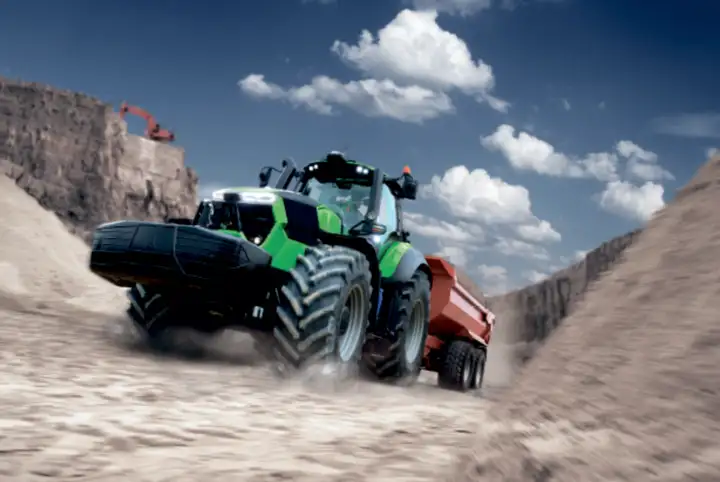
So why are the rear wheels wide and large? In fact, the rear wheels, like the front wheels, are also subject to soil resistance. As a rear wheel drive type, it is responsible for the tractor's forward movement. A wider wheel can generate greater friction, preventing the tractor from slipping or getting stuck in the soil. And when working in the field, tractors usually have to drag agricultural equipment such as seeders, plows, and fertilizers. These machines are usually full of weight, and when connected to tractors, they have to bear a portion of the weight. In this case, the center of gravity of the tractor moves backwards, and the weight borne by the rear wheels is much greater than that of the front wheels, resulting in the rear wheels having to do more than the front wheels. And if the two wheels are the same size, when the tractor is working, the rear load of the tractor is too large, which can easily cause the front wheels of the tractor to tilt and not work properly. This is also why there must be front counterweights when the tractor is working on the ground, so the rear wheels of the tractor are generally wider and larger than the front wheels.
